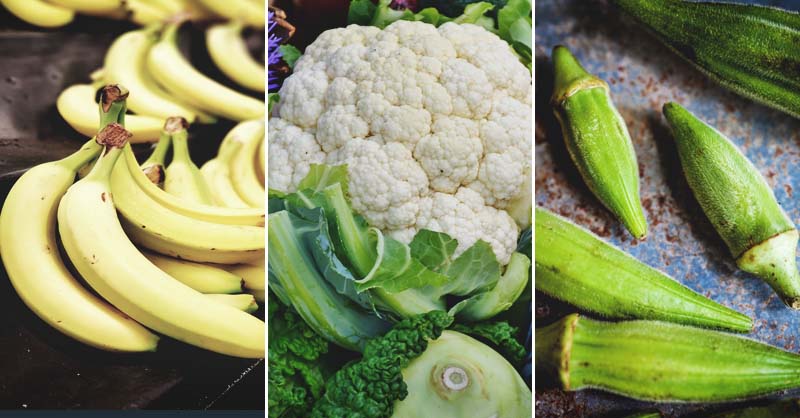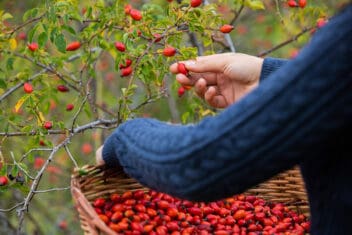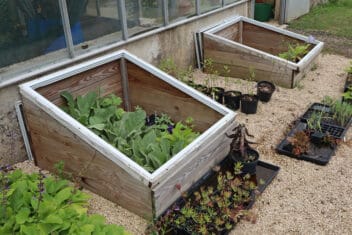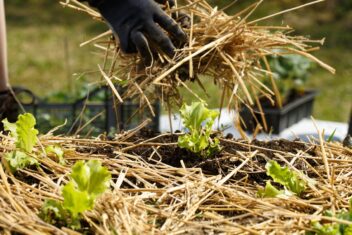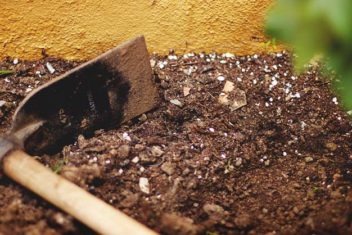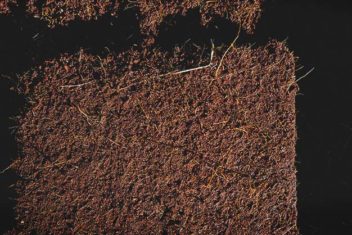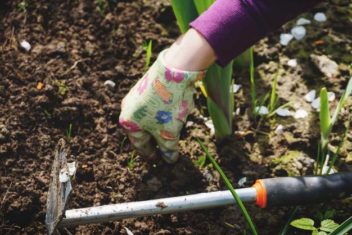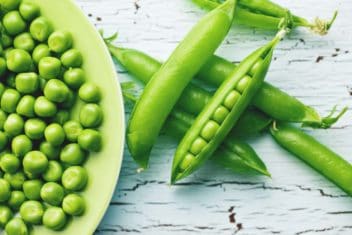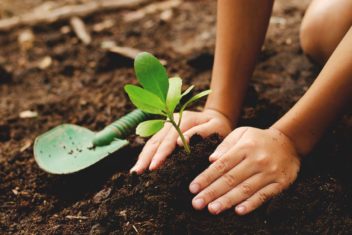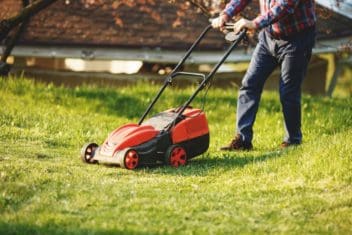Have you discovered which planting zone you’re in?
Knowing your planting zone is an essential aspect of successfully growing delicious fruits and vegetables suited to your area.
Not only do you enjoy fresher foods, but it also cost less money than purchasing your foods from the grocery store.
Plus, you avoid the frustration of trying to grow plants not suited to your area, thereby wasting money and time.
Most of the time, when speaking of planting zones, we only refer to planting zones three through ten because they are the most common.
However, I’m going to introduce you to some of the hotter planting zones, introduce you to the best zone eleven gardening crops, and give you a few growing tips if you’re one of the lucky souls who get to live in a warm climate all year long.
Here’s what you should know about growing crops in planting zones 11 through 13:
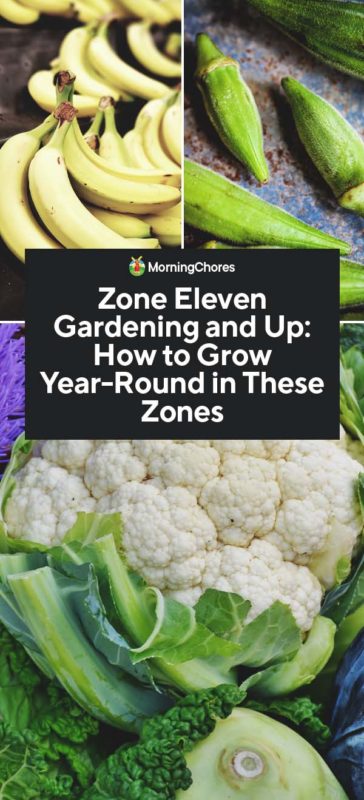
Where Are These Planting Zones?
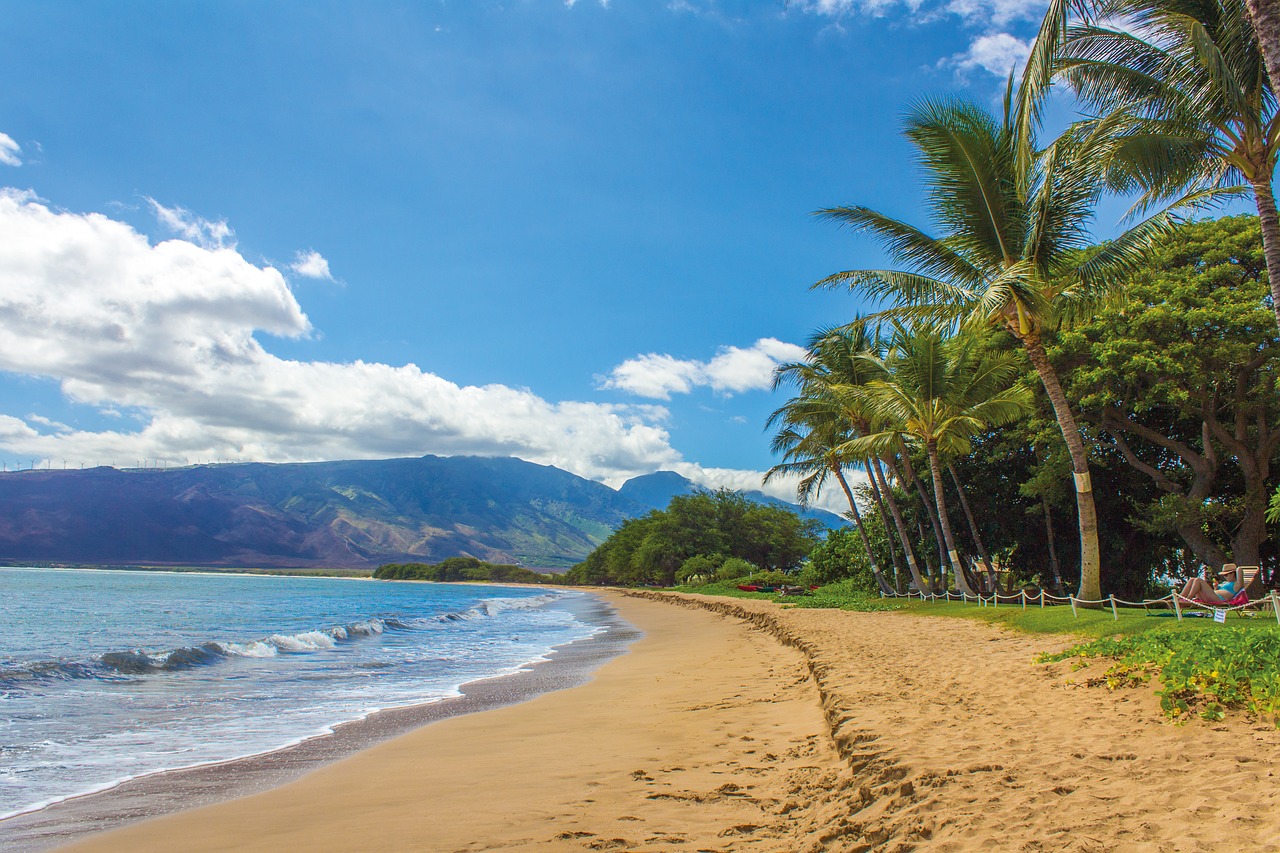
First things first, let’s discuss where zone 11 through 13 are located. Planting zone 11 is most of Hawaii. Planting zones 12 and 13 are in Puerto Rico.
If you live in either of these locations, you enjoy milder winters and sweltering hot summers. The average minimum temperature in zone 11 is only 40-50° Fahrenheit.
The average minimum temperature for planting zone 12 is 50-60° Fahrenheit and planting zone 13 has an average minimum temperature of 60-70° Fahrenheit.
In these
You should be able to practice succession planting with these mild temperatures which is the same as very long growing seasons.
The biggest struggle you’ll face is keeping your crops from scorching under the heat and remaining well-watered.
Be sure to plant the crops in a way where they can be provided with a type of shade during the hottest part of the day.
This could be planting shorter crops next to taller crops which could naturally provide shade. You could also plant the crops where a tree might cast shade during the hottest part of the day.
Consider container gardening where you could physically move your plants into shade during the hottest part of the day.
Make sure you take care of your soil and mulch properly to help keep the soil cool and moist. Practice proper watering techniques as well to ensure your crops have as much water as they need.
You might want to go all out with the core watering method, hugelkultur or creating a straw bale garden for advanced approaches to gardening in a hot climate.
Be on the lookout for pests as well. If your plants are already battling distress from the high temperatures, you don’t want to compound the problem with pests damaging them.
Zone Eleven Gardening
You now know where planting zone 11 is and have a few basic ideas of what it will take to make sure your crops have the best chance at thriving.
We’re now going to walk through which crops you can grow in this area. I’m going to divide them out into crops which do better with lower temperatures and which plants thrive in heat.
Here’s what zone eleven gardening is all about:
Cool Weather Crops
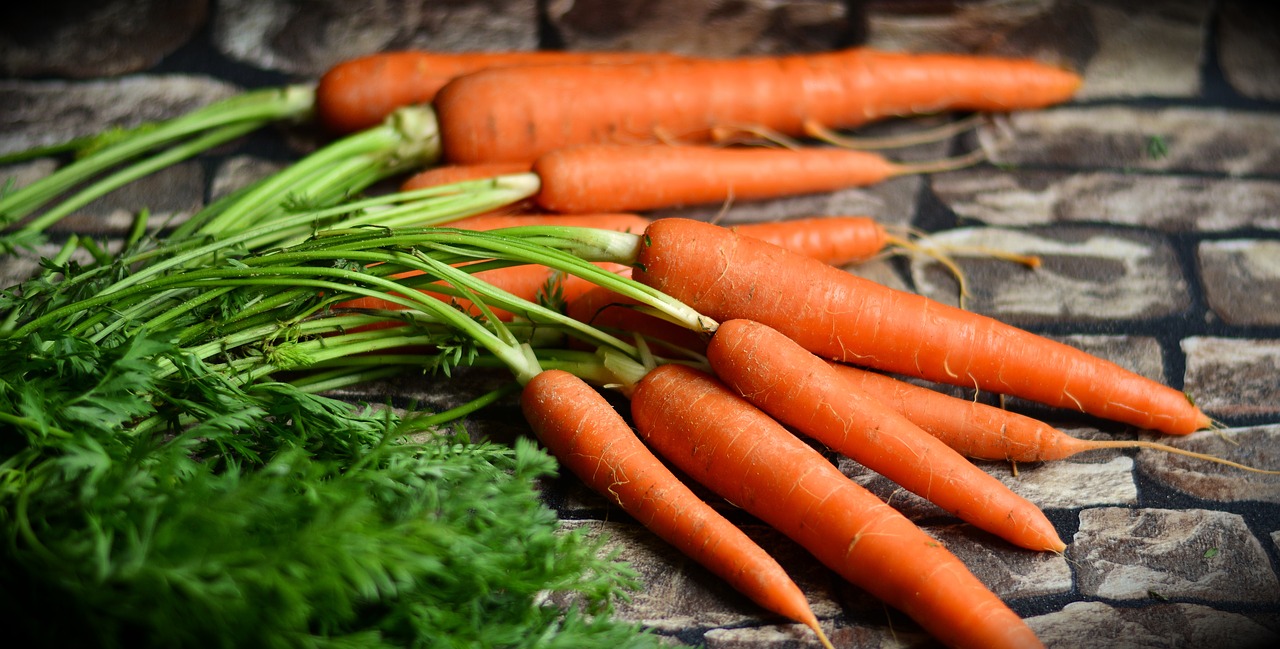
You can grow a variety of crops throughout the year in Hawaii. Some of the crops mentioned below can be grown in certain parts of Hawaii year-round, but they mainly prefer colder or wetter surroundings:
Warm Weather Crops
Hawaii has a tropical climate. It is excellent for growing a variety of delicious fruits and vegetables. Again, some of the items mentioned below can be harvested year-round because of the warmth in this location.
In general, they prefer warmer weather to grow which means they aren’t continually available in every part of Hawaii:
- Bananas
- Bell peppers
- Strawberries
- Cantaloupe
- Cucumbers
- Figs
- Papaya
- Watermelon
- Summer squash
- Sweet potatoes
- Tomatoes
- Mangoes
- Corn
- Limes
- Green beans
- Pineapple
Growing in Zones 12 and 13
Things heat up even further as we move to Puerto Rico to explore planting zone 12 and 13. Again, some crops will be available in this location year-round.
However, I’m going to divide the crops into warm weather and cool weather crops because this is the general time when they’d be available in all areas of these planting zones.
Here’s what you should grow in planting zones 12 and 13:
Cool Weather Crops
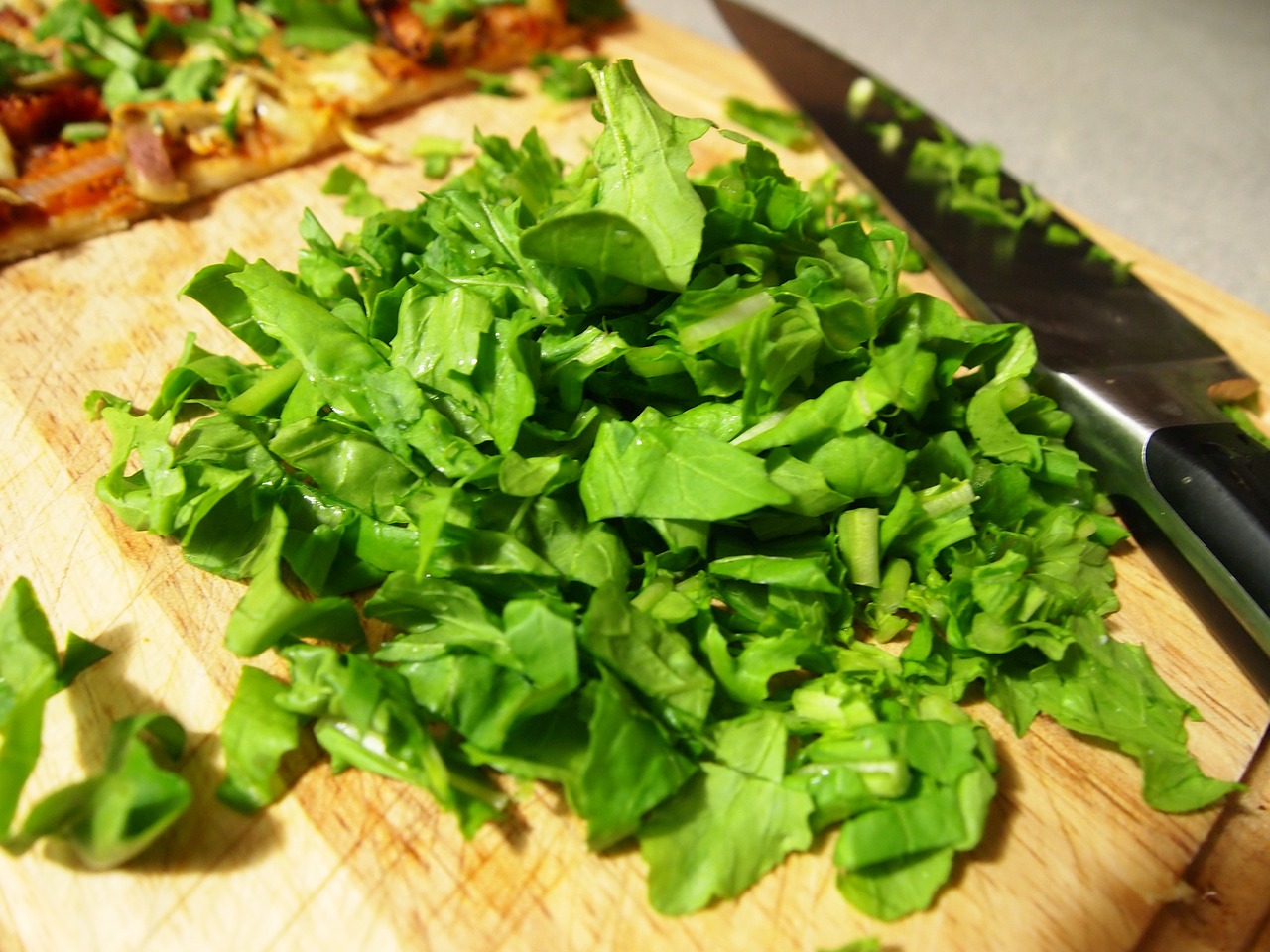
If you’re looking to grow a garden during the winter months, Puerto Rico is perfect. Due to the mild winters, it’s a prime location for growing a garden year-round. Here’s what you should incorporate into your fall or winter garden:
Warm Weather Crops
As we’ve previously discussed, Puerto Rico has mild temperatures throughout the year. That means you have a long growing season for warm weather crops. Here are some crops you could incorporate into your summer garden or orchard:
- Bananas
- Basil
- Cantaloupe
- Corn
- Cucumbers
- Tomatoes
- Watermelon
- Onions
- Oranges
- Okra
- Sweet potato
- Squash
- Zucchini
- Pumpkin
- Papaya
- Peppers
- Lemons
- Pineapple
What If You’re Short on Space?
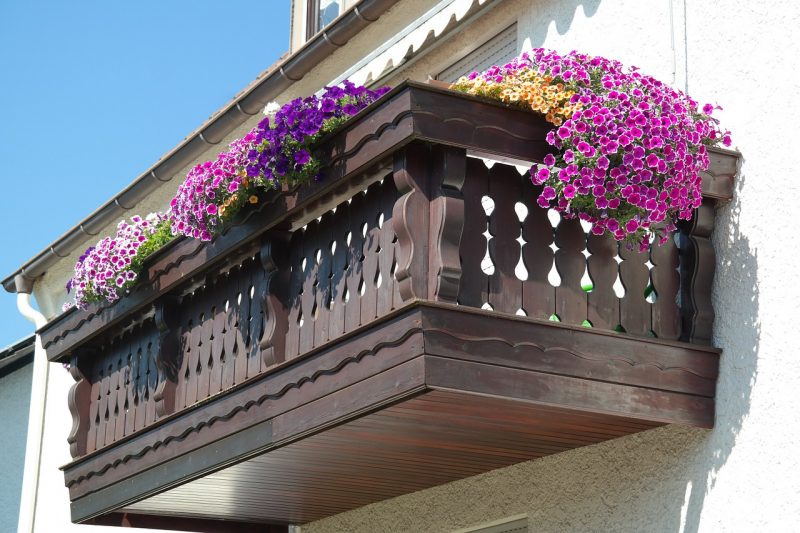
It’s a common issue in these locations not to have access to a great deal of land. Don’t let this discourage you from growing your fruits and veggies.
You have an excellent opportunity because of the long growing seasons and mild winters, to be able to produce 100% of food needs with the right attitude and skills.
If you’re new to gardening, jump right in. Do your research but be prepared to get hands-on because this is the best way to learn.
Once you’ve made up your mind to grow crops, regardless of how little space you have, what’s next?
It’s time to discover alternative methods of gardening. If you have a small yard, you could incorporate a few fruit trees as an edible landscape.
Most fruit trees come in a dwarf variety which is great for small yards. You could also try out square foot gardening.
Square foot gardening is a systematic approach which incorporates a variety of crops into a smaller area.
If you’re working with a small yard, you could also use raised garden beds and partner them with a square foot garden, if you’re limited as to how many beds you can have.
What if you don’t have much of a yard or no yard?
Again, don’t get discouraged. You can still grow food. Container gardening works well if you have a patio or balcony.
You can also try vertical gardening which allows you to grow a variety of crops upward. What you have vertically can sometimes make up for what you lack laterally.
I hope this equips you to take advantage of your planting zone and the mild temperatures in these zones to grow many crops for you and your loved ones.
I hope you have enough information at this point to know what gardening options are available to you, which crops work best in your zone, and the help you need to troubleshoot any problems you may encounter when growing a garden in these zones.
Zone eleven gardening could be a gardener’s dream and evolve into a veritable paradise if utilized and planned correctly.

